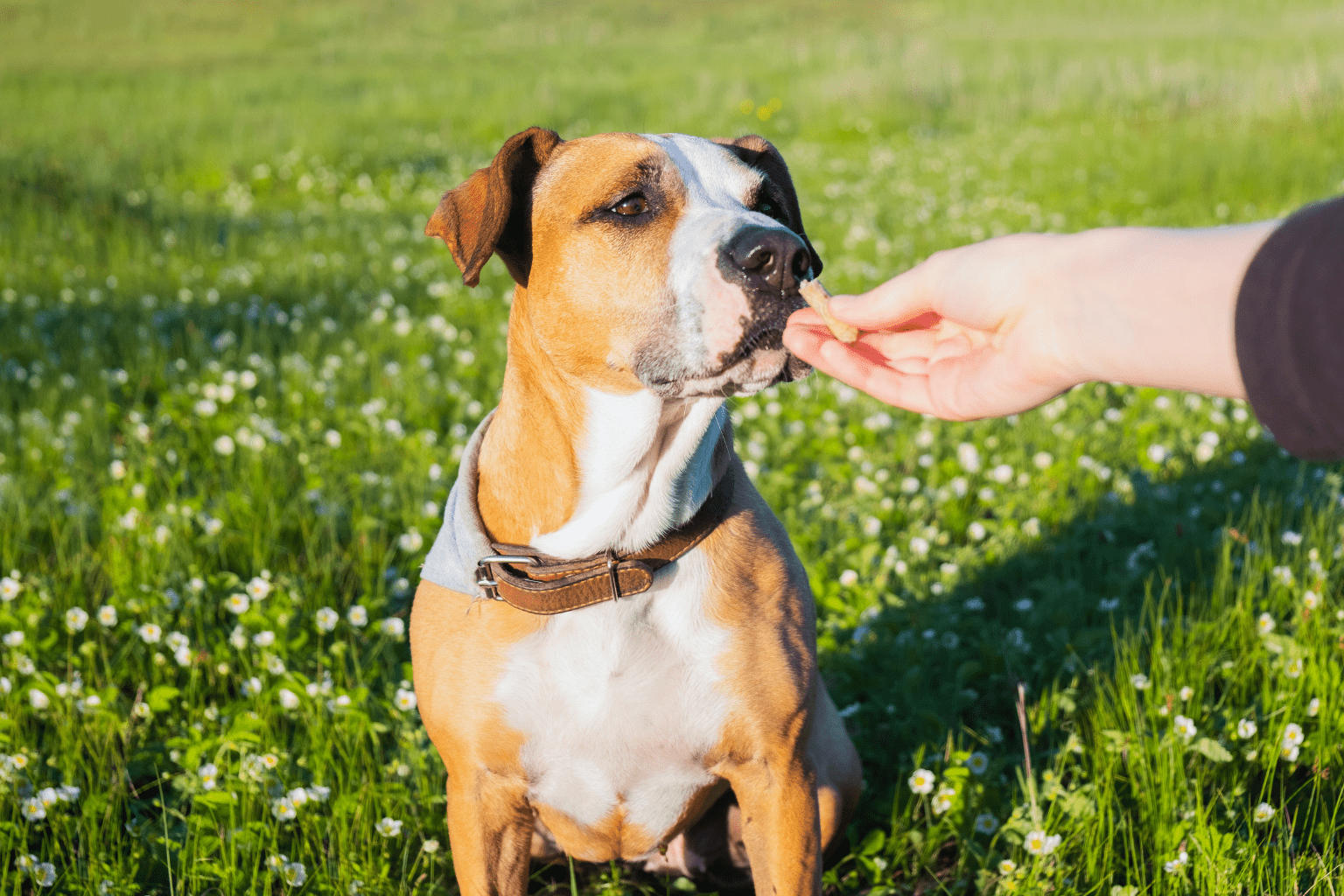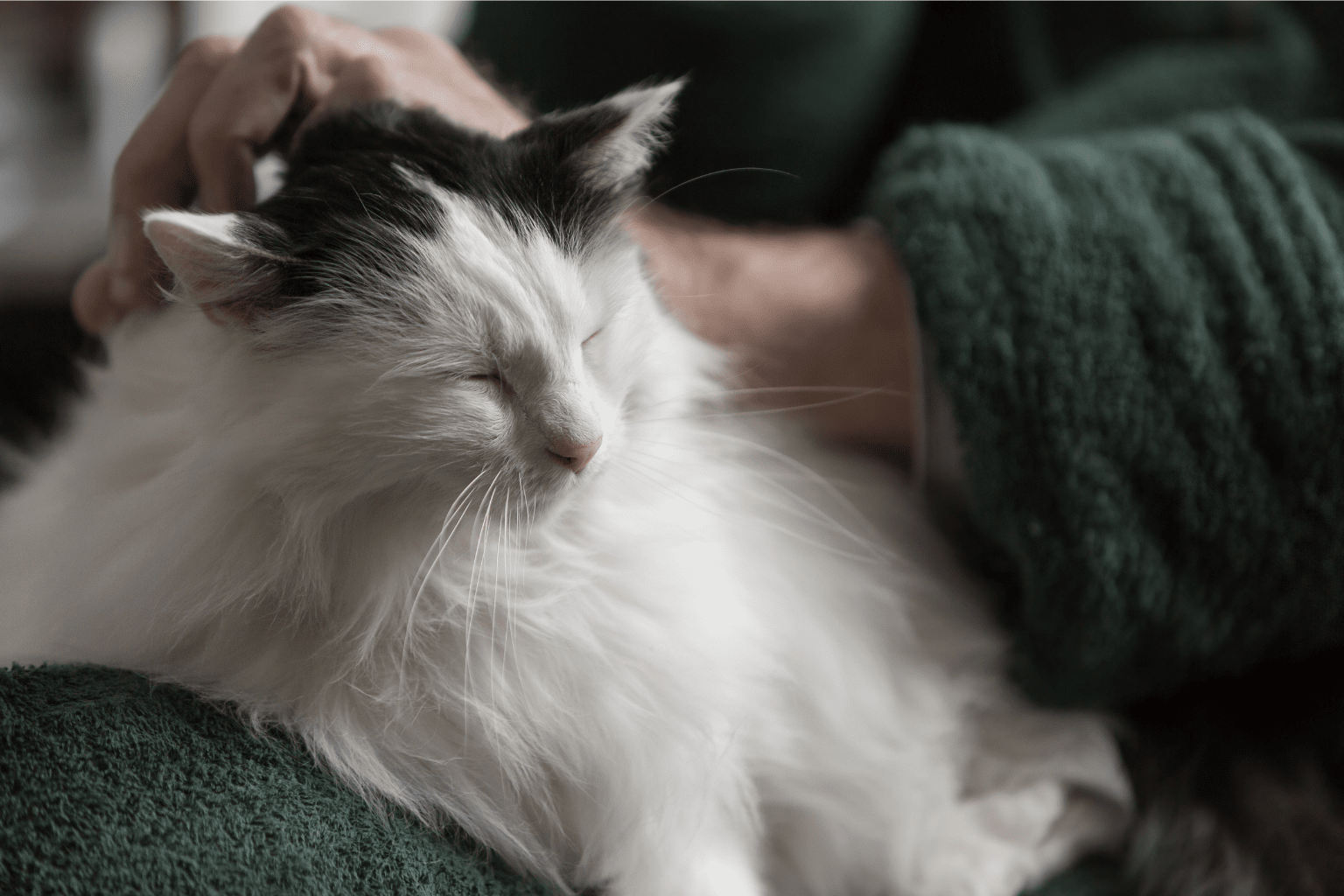Key Takeaways
- Grooming a puppy is essential for their health, not just their appearance.
- Neglecting grooming can lead to mats that cause painful skin infections.
- Regular brushing prevents moisture buildup and skin problems.
- Nail trims and ear cleaning help detect and prevent issues early.
- Consistent grooming can catch hidden problems like thorns or ear mites promptly.
Table of Contents
- Why Puppy Grooming Matters From Day One
- Understanding Your Puppy's Specific Grooming Needs
- When to Start Grooming Your Puppy, and How to Make it Positive
- Essential Tools & Safe, Natural Products for At-Home Puppy Grooming
- Step-by-Step: Brushing, Bathing, and Drying Your Puppy, the Nurturing Way
- Nail, Paw, and Ear Care, the Details That Matter
- Introducing Stress-Free Dental Care to Your Puppy's Routine
- Problem Solving: Common Puppy Grooming Challenges and How We Overcome Them
- Home Grooming vs. Professional Grooming: What's Right for Your Puppy?
Why Puppy Grooming Matters From Day One
Grooming a puppy isn't just about keeping them looking adorable, it's foundational healthcare that prevents serious issues before they start. Mats can form in as little as a week if neglected, trapping moisture against your puppy's skin and creating painful infections. Regular brushing, nail trims, and ear cleaning catch problems early, from embedded thorns between paw pads to the first signs of ear mites.
For puppies prone to itchy skin or allergies, supporting their immune system can help promote comfort and keep their coat healthy as part of your grooming routine.
Beyond Physical Health: Grooming builds trust and reduces anxiety. Puppies who learn that gentle handling feels safe show 60% less stress during vet visits, according to veterinary behavior studies.
The emotional benefits run just as deep. When Bailey the Spaniel learned to associate bath time with treats and gentle praise, grooming became bonding time rather than a battle. Your puppy learns that being touched, handled, and cared for is part of love, not something to fear.
Understanding Your Puppy's Specific Grooming Needs

Not all puppies are created equal when it comes to first puppy grooming requirements. A Golden Retriever's double coat needs daily attention to prevent undercoat matting, while a Beagle's short coat thrives with weekly brushing. Long-haired breeds like Shih Tzus have continuously growing hair that requires regular trimming, whereas wire-haired terriers need specialized stripping techniques.
| Coat Type | Brushing Frequency | Special Considerations |
|---|---|---|
| Short & Smooth | Weekly | Focus on shedding control |
| Double Coat | Daily during shedding seasons | Undercoat rake essential |
| Long & Silky | Daily | Detangling spray prevents mats |
| Curly/Poodle-type | Every other day | Professional trimming every 6-8 weeks |
Age and activity level matter too. High-energy puppies who love mud puddles need more frequent paw checks and baths, while calmer pups can follow standard monthly bathing schedules. When my Border Collie mix Tango was young and squirmy, even brushing his tail became a game with squeaky toys, embracing his personality made grooming successful.
For more tips on raising a healthy puppy, you might also enjoy our guide on puppy and food choices for optimal growth.
When to Start Grooming Your Puppy, and How to Make it Positive
Start gentle handling the week your puppy arrives home, ideally between 8-16 weeks when they're most receptive to new experiences. Begin with 2-3 minute sessions touching paws, ears, and mouth, no tools required. This critical socialization window shapes your puppy's lifelong relationship with grooming.
For professional grooming, wait until vaccines are complete (usually 12-16 weeks) but don't delay too long. The prime socialization period closes around 16 weeks, making early positive experiences crucial for preventing grooming anxiety later.
Ready for Professional Grooming? Your pup should tolerate basic handling, be fully vaccinated, and show curiosity rather than fear around new experiences.
Crate training can also help make grooming sessions less stressful. Learn more about crate training your puppy for a smoother grooming routine.
Essential Tools & Safe, Natural Products for At-Home Puppy Grooming
Quality tools make puppy first groom experiences pleasant for everyone. Choose a slicker brush for double coats, soft-bristle brushes for sensitive areas, and always invest in puppy-specific nail trimmers, adult-sized tools can cause injury. Store everything in a closed container away from curious puppy teeth.
Natural, non-toxic products protect your puppy's delicate skin. Human shampoos disrupt their pH balance, potentially causing irritation or allergic reactions. Always test water temperature with your wrist, lukewarm feels perfect to puppies' sensitive skin.
For naturally anxious pups or those recovering from minor grooming mishaps, Pet Relax offers gentle homeopathic pellets that support your puppy's natural calm and comfort. These pellets work alongside your regular grooming routine to help maintain a peaceful experience for both you and your puppy.
Step-by-Step: Brushing, Bathing, and Drying Your Puppy, the Nurturing Way

Successful puppy grooming follows a logical sequence that keeps stress minimal and results maximal. Always brush before bathing, wet mats become impossible tangles that may require cutting out. Start brushing from your puppy's back and sides, gradually moving to more sensitive areas like legs and belly as they relax.
Bathing technique matters: Use lukewarm water (test with your wrist), wet thoroughly but gently, apply shampoo in sections, and rinse completely, leftover soap causes itching. Keep bath time short for young puppies; 5-10 minutes is plenty for their first few experiences.
- Pre-brush to remove loose fur and debris
- Prepare lukewarm bath with non-slip mat
- Wet puppy gradually, avoiding face initially
- Apply puppy shampoo, massage gently
- Rinse thoroughly, checking for soap residue
Nail, Paw, and Ear Care, the Details That Matter
These often-overlooked areas can make or break your puppy's comfort and health. Overgrown nails cause painful walking and can curl into paw pads, while dirty ears become breeding grounds for infections that require expensive vet treatments.
Nail trimming every 3-4 weeks keeps your puppy comfortable and protects your furniture. Choose post-play moments when they're naturally relaxed. For clear nails, avoid the visible pink quick inside; for dark nails, trim only the curved tip in tiny increments. If you accidentally nick the quick, stay calm, clean gently and apply gentle pressure until bleeding stops.
Weekly paw inspections catch problems early. Check between pads for embedded debris, cuts, or swelling. City puppies often collect small stones, while country pups may pick up thorns or burrs during adventures.
Red Flags, Call Your Vet: Excessive head shaking, foul ear odor, thick discharge, limping after nail trims, or swollen paw pads need professional attention immediately.
Ear cleaning should happen weekly for floppy-eared breeds, monthly for upright ears. Use puppy-safe ear cleaner on a soft cotton pad, never insert anything deep into the ear canal. Gentle wiping of visible areas removes wax buildup and prevents moisture-related infections. For extra support, consider a natural ear infection and itch relief remedy to support your puppy's ear health.
Introducing Stress-Free Dental Care to Your Puppy's Routine
Dental disease starts surprisingly early, puppy plaque can appear by 6 months, making early intervention crucial for lifelong oral health. The key lies in making mouth handling feel natural and enjoyable rather than scary.
Begin by letting your puppy investigate the toothbrush and puppy-safe toothpaste (never use human toothpaste, which contains toxic xylitol). Start with simple "mouth hellos", gently lifting their lip to peek at teeth, rewarding calm behavior with praise. Progress to finger brushing with toothpaste, then graduate to actual brush use.
Dog Bad Breath & Dental Care Solution can complement your at-home care by naturally supporting healthy gums and fresh breath. These gentle homeopathic remedies work alongside regular brushing to support your puppy's oral wellness without harsh chemicals or side effects.
Aim for 2-3 brushing sessions weekly once your puppy accepts the routine. A pea-sized amount of puppy toothpaste provides plenty of cleaning power, and sessions should stay brief, 30 seconds per side initially, building to 2 minutes as tolerance improves.
For more information on canine dental health, check out this article on can dogs get gum disease.
Problem Solving: Common Puppy Grooming Challenges and How We Overcome Them

"My puppy won't sit still!" This universal challenge has simple solutions. Break grooming into micro-sessions, literally 30 seconds of brushing followed by play breaks. Use high-value treats during grooming, not after, so your puppy associates handling with good things happening right now.
Tackling mats and tangles: Never yank or cut blindly. Work from the outside of the mat inward using your fingers first, then a wide-tooth comb. Detangling spray helps, but patience works better. Severe matting near skin requires professional help to avoid injury.
Accidental nail quick nicks happen to everyone. Stay calm, your puppy reads your energy. Apply gentle pressure with a clean cloth, keep the paw elevated briefly, and monitor for proper healing. Healthy Dog Skin & Coat + Fur Regrowth can naturally support the healing process for minor grooming mishaps.
Grooming Anxiety Signs: Panting, drooling, trembling, or trying to escape signal stress. Slow down, take breaks, and consider natural calming support before sessions.
For persistent anxiety, Pet Relax offers gentle, natural support without drowsiness. These homeopathic remedies help nervous puppies feel more secure during grooming sessions, making the experience positive for everyone involved.
For additional grooming tips and to compare with feline care, see our article on grooming of cat.
For more expert advice, review these pet grooming tips from the American Veterinary Medical Association.
Home Grooming vs. Professional Grooming: What's Right for Your Puppy?
Both approaches have merit, and many successful puppy parents use a combination strategy. Home grooming builds your bond while saving money on basic maintenance, while professional services handle complex cuts and provide expert health assessments.
| Aspect | Home Grooming | Professional Grooming |
|---|---|---|
| Cost | $50-100 initial tool investment | $40-80 per visit |
| Convenience | Your schedule, no travel | Appointment-dependent |
| Stress Level | Familiar environment | New sights, sounds, smells |
| Services | Basic maintenance | Breed cuts, nail grinding, anal glands |
Choose professional grooming for breed-specific cuts, thick double coats requiring special techniques, or puppies who need socialization with handling by strangers. The ideal first professional visit happens around 12-16 weeks, after vaccinations are complete but within the early months when your puppy is still open to new experiences.
For further reading, the ASPCA offers helpful dog grooming tips for pet owners.
Not a substitute for professional veterinary advice.
Frequently Asked Questions
Why is grooming important for puppies beyond just maintaining their appearance?
Grooming is essential for a puppy’s health, not just their looks. It helps prevent painful mats, skin infections, and catches hidden issues like thorns or ear mites early. Plus, regular grooming builds trust and reduces anxiety, making vet visits and handling much easier for your puppy.
How do grooming needs vary between different puppy coat types and breeds?
Different breeds have unique grooming needs. For example, a Golden Retriever’s thick double coat requires daily brushing to prevent mats, while a Beagle’s short coat usually does well with weekly brushing. Long-haired breeds often need more frequent attention to keep their coats healthy and tangle-free.
At what age should I start grooming my puppy, and how can I make the experience positive for them?
Start grooming gently around 6 to 8 weeks old using natural, hypoallergenic products. Make it positive with treats, praise, and slow, gentle handling so your puppy learns that grooming is safe and loving, not scary.
What are the essential tools and products recommended for safe and effective at-home puppy grooming?
Essential tools include a gentle brush suited to your puppy’s coat type, nail clippers designed for small nails, and soft cloths for ear cleaning. Use natural, hypoallergenic products to keep your puppy’s skin and coat healthy without irritation.



